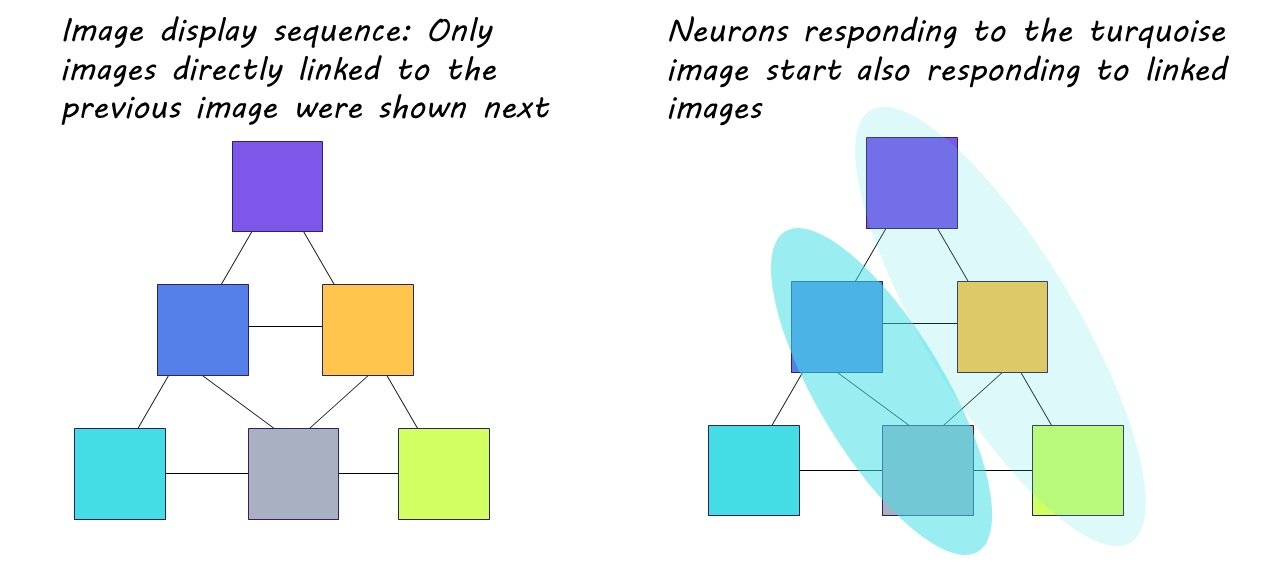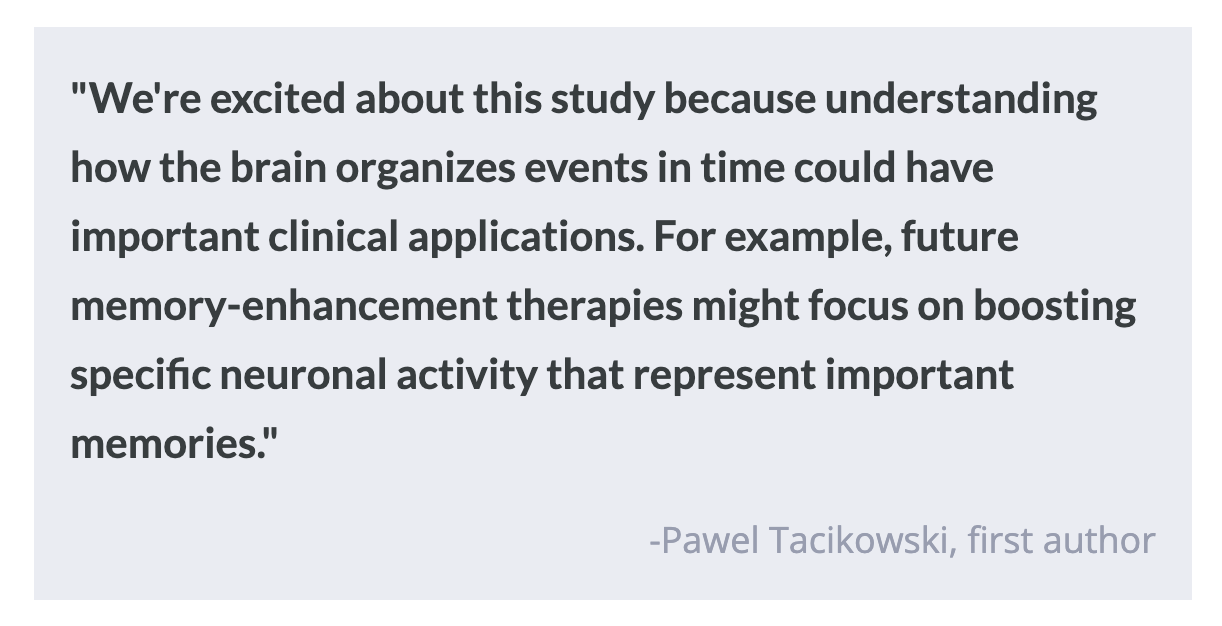Can Alzheimer’s disease be prevented?
Post by Shireen Parimoo
Overview
Alzheimer’s disease (AD) is a neurodegenerative disorder that affects millions of older adults globally, with five million new cases every year. In the brain, AD is characterized by the accumulation of amyloid beta plaques and neurofibrillary tangles made up of misfolded tau proteins. These plaques and tangles accumulate in brain areas like the hippocampus that are important for memory, eventually leading to cell death and atrophying of affected regions. As a result, common cognitive impairments in AD include memory problems, diminished attentional and decision-making capacity, and loss of language abilities. Alzheimer’s disease also impacts mental health and day-to-day functioning as patients experience problems with sleep, depression, apathy, aggression, and psychosis. Although there is no known cure for AD, treatments currently exist to alleviate some of the cognitive symptoms of the disease.
Risk Factors for Alzheimer’s disease
One of the major risk factors for AD is genetic susceptibility. Normally, we inherit one copy of a gene - called an allele - from each parent. A small subset of individuals with AD have early-onset or familial AD that they develop due to inherited gene mutations from one or both of their parents. Symptoms of early-onset AD generally begin in the 30s and 40s and quickly lead to deteriorating health and well-being. For most patients, however, symptoms of AD emerge later in life, around 65 years old. In these cases of sporadic AD, the apolipoprotein E (APOE) has been identified as a key genetic risk factor. Specifically, having one or two copies of the APOE-4 allele increases the risk of AD because it leads to higher levels of amyloid plaques in the brain.
Besides genetic risk, many lifestyle and medical factors can also increase the risk of developing AD. For example, hypertension and elevated cholesterol levels are both associated with a higher risk of developing AD, as are obesity and diabetes. Research studies have also identified smoking, poor sleep, social isolation and loneliness, and chronic stress as lifestyle predictors of AD and cognitive decline later in life. Fortunately, many of these risk factors are modifiable, which means that it is possible to make lifestyle changes to lower the odds of developing AD.
The Importance of Lifestyle // Protective Factors
Protective factors are variables that - as the name suggests - protect against the risk of developing AD. As with risk factors, protective factors can be immutable or modifiable. A genetic protective factor, for instance, is the presence of two copies of the APOE-2 allele. Unlike APOE-4, the APOE-2 variant of the gene reduces the risk of developing AD. Interestingly, although genetic risk itself is not currently modifiable, studies show that there is an interaction between genetic and lifestyle factors, or in other words, between nature and nurture.
Fortunately, research studies over the past few decades have identified several modifiable lifestyle factors that have a protective effect against dementia and cognitive decline, even if there is a genetic risk for developing AD. This means that we can take measures to improve our brain health into our own hands and, at the very least, mitigate the rate of cognitive decline in older age.
Physical activity is an all-around protective factor against multiple conditions including AD and dementias. Exercising reduces blood pressure and proinflammatory activity, both of which are risk factors for AD. In the long term, physical activity also improves blood flow to the brain, which is important for brain health and functioning in general. Aerobic exercises like running, walking, and cycling increase neurotrophic factors in the brain, which are proteins that promote the growth, plasticity, and survival of neurons. The effects of exercise on the hippocampus in particular are well-documented. Both healthy older adults and AD patients who engage in physical activity have higher levels of neurotrophic factors and in some cases, larger hippocampal volume because of exercise. Older adults at risk for AD who engage in physical activity also show less hippocampal atrophy, which could slow down the onset of dementia and memory-related symptoms.
Diet and nutrition are also important for maintaining brain health and protecting against cognitive decline. Sources of unsaturated fats like olive oil and nuts are important for helping neurons maintain the integrity of their synapses (i.e., gaps between neurons). Antioxidants like folic acid from fruits and vegetables, as well as vitamins like vitamin D confer some protection against neurodegeneration by regulating neurotrophic factors to maintain neuronal health and by clearing amyloid protein in the brain. In fact, individuals with a vitamin D receptor gene mutation tend to be more at risk for developing AD. Thus, a well-balanced and nutritious diet - such as the Mediterranean diet, which is rich in antioxidants - can reduce the risk of developing AD in older age.
Psychosocial factors also have a protective effect against dementia, including social enrichment, educational attainment, leisure activities, and psychological well-being. Older adults with an active social life are more likely to be intellectually and socially stimulated, which is linked to increased neurogenesis and lower levels of stress. Similarly, having a strong social support system increases our sense of belonging, reduces feelings of loneliness, and improves our mental well-being. Higher educational attainment early in life and stimulating leisure activities - like learning a new language or playing an instrument - also help prevent the onset of dementia. The idea is that engaging in these social and intellectual domains ensures that the neural circuits in the brain remain active and are less likely (or at the very least slower) to deteriorate during aging.
Sleep disturbances are linked to a higher risk of cognitive decline and AD. For example, amyloid and tau accumulation and clearance are modified by sleep patterns. Getting enough good quality sleep is important because that is when toxins like amyloid and tau are cleared through the glymphatic (fluid flow) system in the brain. Interestingly, the relationship between sleep and AD appears to be bidirectional: healthy individuals with amyloid and tau pathology (precursors to AD) and individuals with AD tend to have poor sleep quality and more sleep disturbances. As a result, it is unclear whether sleep quality contributes to the onset of AD, whether it is one of the outcomes of AD pathology, or some mix of the two.
Overall, there are many modifiable lifestyle variables that can help prevent cognitive decline and protect against the onset of neurodegenerative disorders like AD. Emerging research indicates that a personalized, multidomain, lifestyle-based interventional approach will have the most beneficial effects on slowing down pathological processes in aging, especially in older adults who might be genetically at risk for developing dementia.
References +
Li et al. (2014, BioMed Research International). Behavioral and psychological symptoms in Alzheimer’s disease. Link: https://www.ncbi.nlm.nih.gov/pmc/articles/PMC4123596/
Silva et al. (2019, Journal of Biomedical Science). Alzheimer’s disease: Risk factors and potentially protective measures. Link: https://jbiomedsci.biomedcentral.com/articles/10.1186/s12929-019-0524-y
Wang et al. (2021, Alzheimer’s & Dementia). Shared risk and protective factors between Alzheimer’s disease and ischemic stroke: A population-based longitudinal study. Link: https://alz-journals.onlinelibrary.wiley.com/doi/full/10.1002/alz.12203
Iso-Markku et al. (2021, British Journal of Sports Medicine). Physical activity as a protective factor for dementia and Alzheimer’s disease: Systematic review, meta-analysis, and quality assessment of cohort and case-control studies. Link: https://bjsm.bmj.com/content/bjsports/56/12/701.full.pdf
Rosenberg et al. (2020, The Journal of Prevention of Alzheimer’s Disease). Multidomain interventions to prevent cognitive impairment, Alzheimer’s disease, and dementia: From FINGER to World-Wide FINGERS. Link: https://link.springer.com/content/pdf/10.14283/jpad.2019.41.pdf
Walsh & Brayne (2021, Alzheimer’s & Dementia). Does playing a musical instrument prevent dementia? Link: https://alz-journals.onlinelibrary.wiley.com/doi/abs/10.1002/alz.049684
Liu et al. (2013, Nature Reviews Neurology). Apolipoprotein E and Alzheimer’s disease: Risk, mechanisms, and therapy. Link: 10.1038/nrneurol.2012.263
Qiu et al. (2009, Dialogues in Clinical Neuroscience). Epidemiology of Alzheimer’s disease: Occurrence, determinants, and strategies toward intervention. Link: https://www.ncbi.nlm.nih.gov/pmc/articles/PMC3181909/
Kuiper et al. (2015, Ageing Research Reviews). Social relationships and risk of dementia: A systematic review and meta-analysis of longitudinal cohort studies. Link: https://individuallytics.com/wp-content/uploads/2020/02/Social-Relationships-and-Risk-of-Dementia-Kuiper-et-al-2015.pdf
Wang et al. (2017, PLoS Medicine). Association of lifelong exposure to cognitive reserve-enhancing factors with dementia risk: A community-based cohort study. Link: https://journals.plos.org/plosmedicine/article/file?id=10.1371/journal.pmed.1002251
Lucey, B. P. (2020, Neurobiology of Disease). It’s complicated: The relationship between sleep and Alzheimer’s disease in humans. Link: https://www.sciencedirect.com/science/article/pii/S0969996120303065
Wang & Holtzman (2020, Neuropsychopharmacology). Bidirectional relationship between sleep and Alzheimer’s disease: Role of amyloid, tau, and other factors. Link: https://www.nature.com/articles/s41386-019-0478-5
Zhang et al. (2022, Translational Psychiatry). Sleep in Alzheimer’s disease: A systematic review and meta-analysis of polysomnographic findings. Link: https://www.nature.com/articles/s41398-022-01897-y
Irwin & Vitiello (2019, The Lancet Neurology). Implications of sleep disturbance and inflammation for Alzheimer’s disease dementia. Link: https://www.thelancet.com/journals/laneur/article/PIIS1474-4422(18)30450-2




